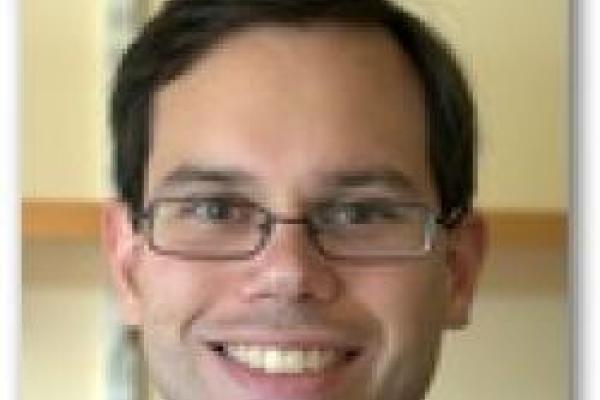
The Large Hadron Collider has been operating for more than a year and delivering exciting results that have already changed the landscape of particle physics. One central question that we expect the LHC to answer is the nature of the "hierarchy problem," or the question of why the electromagnetic and weak nuclear forces are much stronger than gravity. I will explain why this is a puzzle and why it is of central importance for fundamental physics. Supersymmetry has long been the fondest hope of theorists for a new mechanism that can explain the hierarchy, but the LHC has already ruled out some of the most striking possible manifestations of supersymmetry. A dramatic recent hint of the Higgs boson at a mass of about 125 GeV, if it holds up, will have profound implications for whether and how supersymmetry is realized in nature. Unraveling these puzzles will require more data, but I will give a snapshot of the LHC's theory implications, and a glimpse of where the data might lead us in the coming months
